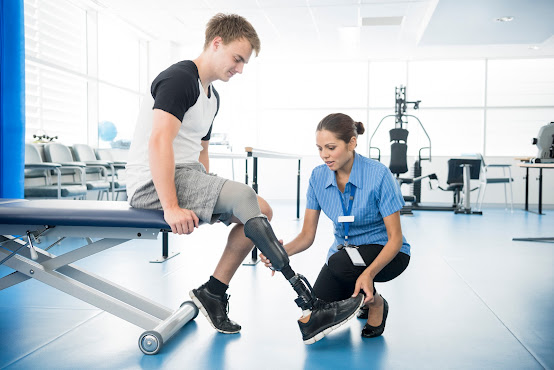Enhancing Accessibility and Empowering Lives: A Comprehensive Guide to Disability Support
In an inclusive society, it is essential to prioritize disability support and create an environment that ensures equal opportunities and empowerment for individuals with disabilities. This article aims to provide a comprehensive guide to disability support, highlighting the importance of accessibility and discussing various aspects of assistance, resources, and advocacy. Whether you are a caregiver, a person with a disability, or someone interested in promoting inclusivity, this article will equip you with valuable insights and actionable information.
Understanding Disability Support
Defining disability support: This section provides a clear definition of disability support and its role in promoting independence, inclusion, and well-being for individuals with disabilities.
Types of disabilities: An overview of various types of disabilities, including physical, sensory, intellectual, and developmental disabilities, highlighting their unique challenges and support requirements.
Accessible Environment and Infrastructure
1. Creating accessible spaces: Exploring the importance of accessible design in public spaces, transportation, workplaces, and educational institutions, with a focus on ramps, elevators, braille signage, and other accommodations.
2. Assistive technologies: An overview of the advancements in assistive technologies that enhance accessibility, including screen readers, mobility aids, speech recognition software, and adaptive communication devices.
3. Universal design: Highlighting the concept of universal design, which aims to create products, environments, and experiences that are accessible and usable by people of all abilities.
Support Services and Resources
Healthcare and rehabilitation: Discussion on the importance of healthcare services, rehabilitation programs, and therapies in promoting the well-being and independence of individuals with disabilities.
1. Educational support: Exploring inclusive education models, assistive technologies in the classroom, and accommodations that ensure equal access to quality education for students with disabilities.
2. Employment opportunities: Highlighting the importance of equal employment opportunities, reasonable accommodations, and initiatives promoting disability-inclusive workplaces.
3. Social support networks: Exploring the significance of social support groups, community organizations, and online communities that provide emotional support, information, and resources for individuals with disabilities and their families.
Advocacy and Awareness
1. Disability rights advocacy: Discussing the role of advocacy organizations in promoting disability rights, influencing policy, and raising awareness about the needs and rights of individuals with disability services qld.
2. Breaking stereotypes and stigma: Addressing the negative stereotypes and stigmas associated with disabilities and emphasizing the importance of promoting inclusivity, respect, and understanding.
3. Promoting accessibility in media: Highlighting the need for representation and accurate portrayal of individuals with disabilities in media, entertainment, and advertising, to foster inclusivity and challenge misconceptions.
Conclusion
In conclusion, disability support is vital for creating an inclusive society that values and respects the rights and abilities of individuals with disabilities. By prioritizing accessibility, providing support services and resources, and advocating for disability rights, we can empower and enhance the lives of people with disabilities. It is crucial for everyone to contribute to building a society that embraces diversity and ensures equal opportunities for all.




Comments
Post a Comment